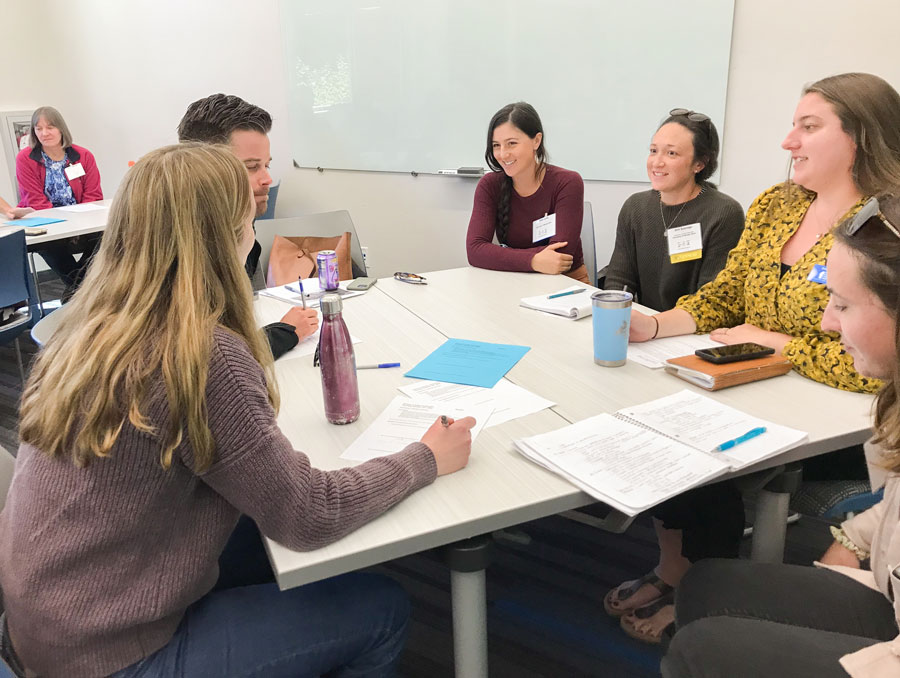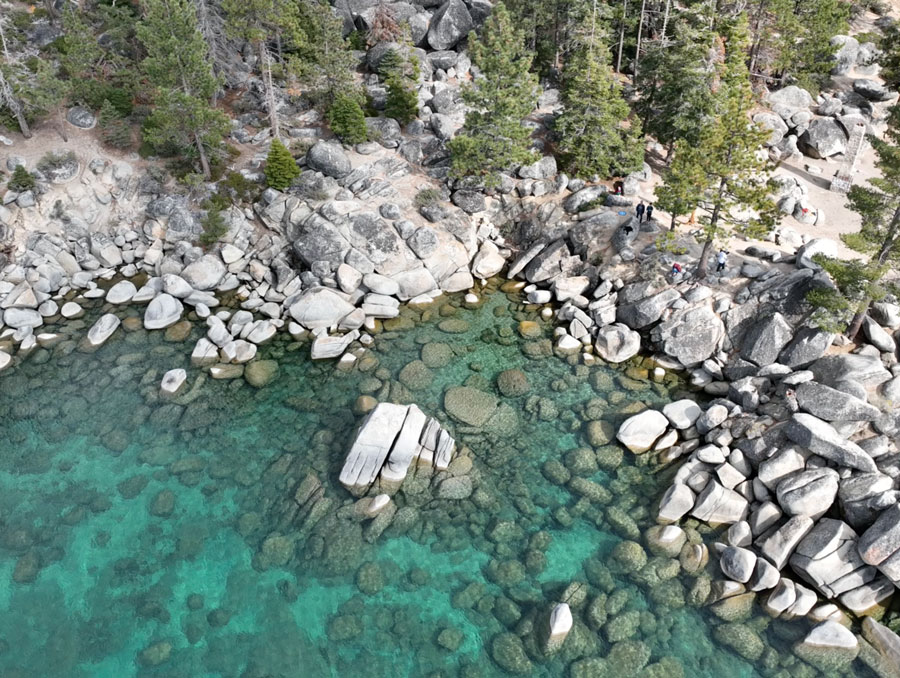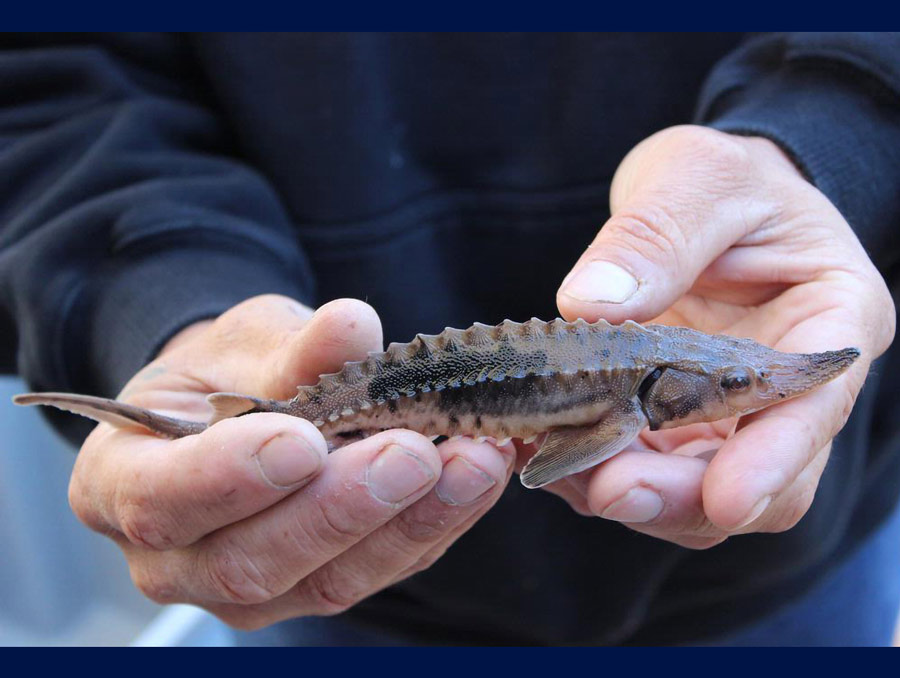On October 11-13, 2023, local Lake Tahoe scientists and resource managers met as part of the 2023 Tahoe Science Conference at Lake Tahoe Community College, hosted by the Tahoe Science Advisory Council and sponsored by the University of Nevada, Reno at Lake Tahoe. Of the many experts presenting was professor and member of the Tahoe Science Advisory Council, Sudeep Chandra, who alongside other scientists and experts, gathered for the three-day conference with one overarching goal in sight: exhibiting the importance of science and agency collaboration as a framework for environmental protection policy.
During the conference, Chandra presented alongside Steven Sadro of the University of California, Davis, Melissa Thaw from the Lahontan Regional Water Quality Control Board, and Holly Holwager from the Nevada Division of Environmental Protection about nearshore water quality and aquatic invasive species. Their presentation highlighted the science behind changes in Lake Tahoe as well as current efforts in public outreach that encourage collaboration between the public, agencies, and scientists for best practices in new and ongoing environmental initiatives. In focusing on topics including defining the nearshore, invasive species, and how environmental and human-caused changes affect the ecosystem, Chandra underlined that the ecosystems of the lake, nearby rivers, land, and human activity are inextricable in tracking environmental change and creating new policy. Other presenters pointed to the significance of public and agency knowledge, as changes in Lake Tahoe's ecosystem can also become issues of public health, recreational opportunities, and local economies.

To further demonstrate the power of partnerships, the end of the presentation included a session where conference attendees worked together to answer prompted questions, leaving them with a taste of what successful collaboration could look like for future environmental policy creation. Leaving the room, there was a buzz of excitement, with attendees contemplating what the future of environmental policy creation could look like, not only in Lake Tahoe but also extended to all other ecosystems in danger of change.
“The Tahoe Science Conference allowed my science colleagues and I to connect with managers and policymakers on how we can address the issues facing Lake Tahoe,” Chandra said. “By the end of the meeting, many of us walked away with deeper connections and insights on the processes and information that is needed to solve these issues. The University is a member and supporter of the Tahoe Science Advisory Council who created the meeting and I know we can involve and develop opportunities for more of our faculty and students to address the issues brought to the Science Advisory Council.”
Additional presentations were made by University faculty and students including visiting postdoctoral scholar Veronica Nava who, with Chandra, recently published research in Nature about the presence of microplastics in lakes globally. Other attendees and presenters included professors Adrian Harpold, Joanna Blaszczak, Scott Allen and graduate student Kelly Loria from the Department of Natural Resources and Environmental Sciences and the University’s Global Water Center, and limnology researchers Emily Carlson and Erin Suenaga from the Biology Department and the Global Water Center.
Chandra is a professor of limnology in the Biology Department at the University of Nevada, Reno, and teaches at the University of Nevada, Reno at Lake Tahoe, where opportunities for hands-on research and classwork are at the forefront of the curriculum. To learn more about course and research opportunities at the Lake Tahoe location, visit unr.edu/lake-tahoe.
















